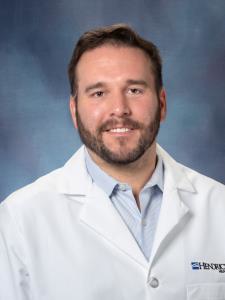
GERD
Gastroesophageal Reflux Disease (GERD) is a chronic condition caused by changes in the gastroesophageal valve that allows acid to flow back from the stomach into the esophagus. GERD is one of the most prevalent gastrointestinal disease in the United States.
Symptoms
GERD can lead to both typical and atypical bothersome symptoms which can vary from mild or moderate to severe, depending on the individual. The main symptoms include chronic heart-burn, regurgitation, problems swallowing and coughing. If left untreated, GERD can cause chronic painful symptoms that can be very painful, damage to the esophagus, and can potentially lead to conditions such as Barrett’s esophagus and/or esophageal cancer.
Treatment
Treatment for GERD varies according to the severity of the symptoms and the individual. Changes in a patient’s diet and lifestyle may help mild GERD sufferers control infrequent symptoms. Some medicines, such as H2 blockers, antacids, proton pump inhibitors (PPIs) and pro-motility drugs, can provide symptom relief. However, these medications do not treat the underlying anatomical problem or stop the disease from progressing.
If you are experiencing persistent or worsening symptoms of GERD, it's important you see a medical professional for a proper diagnosis and treatment. To find a Hendrick Clinic gastroenterologist, visit our website hendrickclinic.com.
Minimally-Invasive Procedures
Nissen Fundoplication
Nissen Fundoplication, a laproscopic procedure, is the traditional surgical treatment for GERD in which a portion of the stomach is wrapped around the lower part of the esophagus to reconstruct the weakened lower esophageal sphincter.
LINX®
The LINX Reflux Management System is a laparoscopic fundic-sparing procedure that consists of a physician wrapping a small flexible band of magnetic beads around a weakened lower esophageal sphincter. Once implanted, the band expands when a patient swallows and then contracts to prevent stomach contents, including gastric acid, from flowing up into the esophagus.
TIF®
The minimally-invasive TIF 2.0 procedure is designed to reposition and reconstruct a durable anti-reflux valve while also tightening the lower esophageal sphincter to restore the body’s natural protection against reflux. It is performed endoscopically through the mouth, meaning there are no incisions.
-
Marcus S.. Davis, DO
GastroenterologyView Profile
-
Avery L.. Smith, MD
GastroenterologyView Profile
-
Steven J.. Smith, MD
GastroenterologyView Profile
-
Sridhar P.. Reddy, MD
GastroenterologyView Profile
-
Vivek R.. Garlapati, MD
GastroenterologyView Profile
-
Skye Altieri, NP
GastroenterologyView Profile
-
Chukwuemeka C.. Ezeoke, MD
GastroenterologyView Profile
-
Madad Ali, MD
GastroenterologyView Profile
-
Jana N.. Stewart, NP
GastroenterologyView Profile
-
Yogeshkumar T.. Patel, MD
GastroenterologyView Profile












.png)


